1-1.2 T/h Cattle and Sheep Feed Production Turnkey Project
Date: 01/11/2021 08:45:31 From: feed-pellet-plant.com Clicks:
The total investment of the project is 1 million RMB to purchase production and auxiliary equipment such as drying host, cooling drum, and auger. After completion, it will produce 3,000 tons of feed per year.
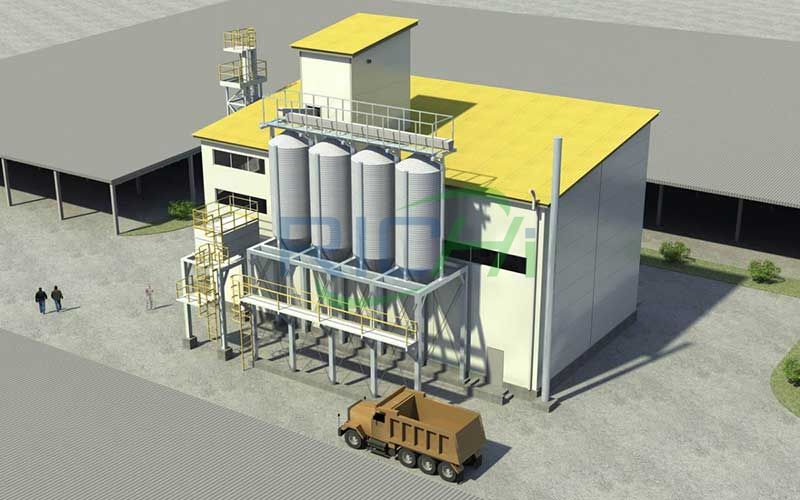
Cattle and Sheep Feed Production Turnkey Project
I. Basic Situation of This Cattle and Sheep Feed Production Turnkey Project
1. Project name: Project with an annual output of 3000 tons of feed
2. Construction unit: a feed company in Zhao County
3. Construction nature: new construction
4. Project investment: The total investment is 1 million RMB, of which environmental protection investment is 150,000 RMB, accounting for 15% of the total investment.
5. Construction site: The project is located in Zhao County
6. Construction scale: an annual output of 3,000 tons of feed.
7. Floor area: The project covers an area of 5600m2.
8. Labor quota and work system: The project has a labor quota of 5 people, one-shift system, 8 hours per shift, and 300 days of production per year. The employees are all nearby villagers, and there is no canteen in the factory.
9. Put into production time: It is expected to be completed and put into production in October 2020.
II. Main Content of Cattle and Sheep Feed Production Turnkey Project
The project covers an area of 5600m2, with a total construction area of 1168m2. The project composition and project content are shown in Table 1.
Table 1 List of project composition and project content
| category | Project composition | Engineering Content |
| structural work | Production workshop | One 1-story building with a construction area of 706m 2 , used for product processing and storage of finished products |
| Storage and Transportation Engineering | Raw material warehouse | A one-story building with a construction area of 198m 2 for storing raw materials |
| Auxiliary engineering | Workspace | One 1-story building, with a construction area of 183m 2 , used for office work |
| garage | 1 building with 1 storey, building area of 81m 2 , used for vehicle parking | |
| Public works | Heating | The heat used in the drying process is provided by natural gas combustion |
| powered by | Provided by local power supply | |
| Water supply | Provided by the local water supply network | |
| Environmental Engineering | Exhaust | Drying process waste gas: Directly lead from the pipeline to cyclone dust collector 1# + alkaline water spray tower + photo-oxygen activated carbon integrated machine + 15m high exhaust pipe P1 discharge; cooling, discharging, packaging process waste gas: collected through the gas collecting pipeline The cooling waste gas from the hood, the discharge outlet waste gas and the packaging waste gas collected by the gas collecting hood are discharged by the cyclone dust collector 2# + alkaline water spray tower + photo-oxygen activated carbon integrated machine + 15m high exhaust pipe P1; hot blast stove flue gas: Discharged by cyclone dust collector 1#+alkali water spray tower+photo-oxygen activated carbon integrated machine+15m high exhaust cylinder P1; raw material storage and transfer, loading, drying, discharging, and packaging waste gas in the production workshop: by taking raw materials The warehouse is airtight, with sprinkler devices, the workshop is airtight, and the screw auger is airtight to reduce fugitive emissions |
| Waste water | The circulating water of the spray tower of this project is recycled and not discharged; the domestic sewage of the staff is discharged into the anti-seepage dry toilet, which is regularly cleaned and used as agricultural fertilizer, and not discharged | |
| noise | Use low-noise equipment, install foundation vibration reduction measures, plant sound insulation, and distance attenuation | |
| Solid waste | Waste packaging bags: uniformly collected and sold outside; dust ash collected by the dust collector: mixed into the product for sale; spray tower waste: mixed with raw materials to be processed into products; waste activated carbon: temporary storage of hazardous waste (2.7㎡), Regularly handed over to a qualified unit for disposal; employee domestic garbage: regularly cleaned and transported by the environmental sanitation department |
|
| Anti-seepage | ①Use cement hardening to prevent seepage of the circulating pool, the thickness is not less than 15cm, to ensure that the permeability coefficient of the seepage layer is ≤10 -7 cm/s; ②The floor of the production workshop in the factory area is covered with 15cm triple soil, and then 10-15cm of cement is used for hardening to ensure The permeability coefficient of the impermeable layer is ≤10 -7 cm/s. ③Pave a 300mm clay layer (protective layer and at the same time as an auxiliary impermeable layer) at the bottom of the hazardous waste temporary storage room to compact and smooth, and pave a 2mm thick high-density polyethylene film on the clay layer), and add 15cm corrosion-resistant concrete on the top (protective layer) Anti-seepage, the surface is coated with 2-4mm thick anti-corrosion and impermeable epoxy resin. |
III. Main Production Equipment of Cattle and Sheep Feed Production Turnkey Project
The main production equipment of this project is shown in Table 2.
Table 2 List of main production equipment of the project
| Serial number | Equipment name | model | Quantity | unit |
| 1 | Drying host | Φ2200×11000×12 | 1 | set |
| 2 | Quantitative feeding auger | 350×150-Φ325×400 | 1 | set |
| 3 | Discharge auger | Φ273×400 | 1 | set |
| 4 | Cooling drum | - | 1 | set |
| 5 | Forklift | - | 1 | Vehicles |
| 6 | Feed hopper | - | 1 | A |
| 7 | Belt conveyor | 600 type×7000 | 1 | set |
| 8 | Hot stove | - | 1 | station |
| total | 8 | Set (a) |
IV. Product Plan, Raw and Auxiliary Materials and Energy Consumption
1. Product plan
The product of the project is feed, and the specific plan and use are shown in Table 3.
Table 3 Project product plan
| product name | Yield | Remarks |
| feed | 3000 tons/year | Outsale |
2. Main raw and auxiliary materials and energy consumption
The main raw and auxiliary materials and energy consumption of the project are shown in Table 4.
Table 4 The main raw and auxiliary materials and energy consumption of the project
| Serial number | name | consumption | unit | Remarks | |
| 1 | raw material | Corn sugar residue | 4000 | t/a | Buy locally |
| 2 | Vitamin B12 | 500 | t/a | Buy locally | |
| 3 | energy | water | 420 | m 3 /a | Provided by the local water supply network |
| 4 | Electricity | 2.5 | Ten thousand kWh/a | Introduced by the local grid | |
| 5 | natural gas | 9.6 | Ten thousand m 3 /a | Pipeline transportation | |
The main components of corn sugar residue are protein, fiber, and fat. In addition, it is also rich in sugar and phospholipids. After drying, it can be sold as feed. During pyrolysis at high temperature, part of the components in the raw materials evaporate, and part of the components are pyrolyzed into low-molecular substances. After the volatile substances are mixed, they will diffuse into the air along with moisture during the drying process, because each component has Its unique smell, a variety of smells mixed to form malodorous gas.
V. Process Flow of Cattle and Sheep Feed Production Turnkey Project
Description of feed production process:
This project will set up a production line, the main production process is raw material storage, transfer, feeding, drying, cooling, discharging, packaging and other processes, as follows:
(1) Raw material storage and transfer: The raw materials of this project are transferred to the workshop raw material warehouse by car, and the raw material warehouse is sealed and discharged. The maximum storage time of raw materials in the warehouse is about 1-2 days, and the moisture content of the raw materials is about 33%. The raw materials are transferred from the raw material warehouse to the production line by a forklift.
(2) Feeding: use a forklift to transfer the raw materials from the raw material warehouse to the production line, and directly put the materials into the feeding hopper. There is a closed feeding screw connection between the feeding hopper and the drying drum. The moisture content of the raw materials in this process It is about 33%.
(3) Drying: The raw materials in the feed hopper enter the drying drum through the airtight feeding auger, and the drying drum rotates counterclockwise. The drying heat source is a hot blast stove, which is in indirect contact with the raw materials. The drying temperature is About 80 degrees, the entire drying process is about 25 minutes.
(4) Cooling: The dried semi-finished products are transported to the cooling drum through the closed discharge screw, and the cooling drum rotates counterclockwise. During this process, the cooling drum rotates to form an air flow and the material is naturally cooled. There is a sieve at the other end of the cooling drum. Through the natural rotation process of the cooling drum, the larger particles that do not meet the requirements of the product are intercepted, and the part of the material is sent to the hopper with a forklift for processing again.
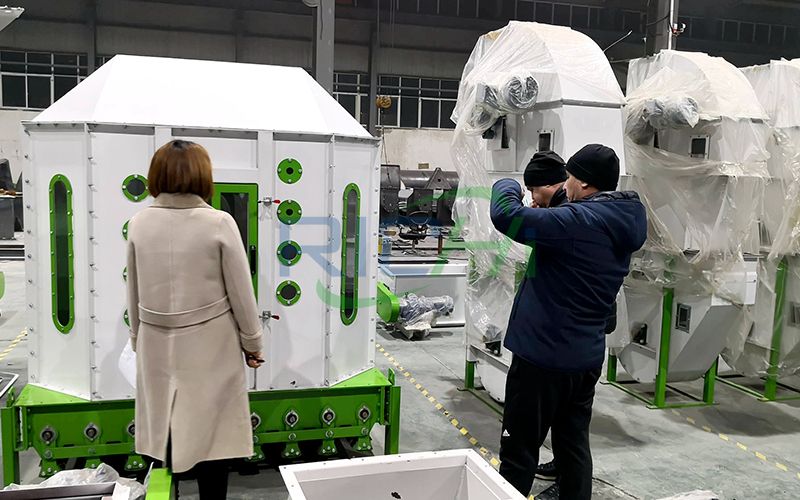
SKLN Series Counterflow Cooler
(5) Discharging and packaging: a belt conveyor is installed at the discharge port of the cooling drum, and the belt is sealed, and the finished product is transported to the finished product packaging area, and directly bagged for sale.
Six. Main Pollution Process of Cattle and Sheep Feed Production Turnkey Project
Main pollution process during operation period
1. Exhaust gas: The exhaust gas of this project is mainly the particulate matter generated in the raw material storage and transportation and loading process, the particulate matter and odor concentration generated in the drying process, the particulate matter and odor concentration generated in the cooling process, the discharge process and the packaging process, and the combustion Particulate matter, SO2 and NOx produced by natural gas.
2. Wastewater: The circulating water of the spray tower of this project is recycled and not discharged; the amount of domestic sewage generated by employees is 80% of the water consumption, and the amount of domestic sewage generated is 0.16m3/d. The amount of waste water is small, and the water quality is simple. Anti-seepage dry toilets are regularly cleaned and used as agricultural fertilizers and not discharged.
3. Noise: The noise of this project is mainly the mechanical noise generated during the production process of the drying machine, the cooling drum, and the screw auger. The sound level is 70-85dB(A).
4. Solid waste: The main solid wastes of this project are waste packaging bags generated during the production process, dust ash collected by dust collectors, spray tower waste residue, waste activated carbon and employee household garbage.
Richi Machinery produces various animal feed pellet production line projects, including cattle feed pellet production line, sheep feed pellet production line, poultry feed pellet production line and livestock feed pellet production line. If you are interested in our project solutions or products, please contact us!
The above is the article for you: 1-1.2 T/h Cattle and Sheep Feed Production Turnkey Project. If you are interested in our products or project solutions, please contact us. We will give you the best product quality and the best price. Email: enquiry@pellet-richi.com
Related Product
Production Line Equipment
related News
- >Delivery 200kg/h Floating Fish Feed Production Machine Line to Mol
- >Uzbekistan 5t/h Aquatic Sinking Fish Feed Production Machine Line
- >Uzbekistan Gizak 1t/h-2t/h Animal Feed Processing Plant for Floati
- >What is the price of the cattle and chicken feed machinery product
- >How to Choose Premix for Cattle Feed Manufacturers?
- >Analysis of Cost, Income and Economic Benefits of Large-scale Shee
- >Professional Commercial Feed Production Line With a Daily Output o
- >Cattle Feed Pellet Machine Solves the Problem of Cattle Feeding in
- >How to Make Cattle Feed Pellets? Is It Good for Cattle to Eat Feed
- >What Are the Costs to Consider When Investing in a Cattle Farm?
Here you can submit any questions and we will get back to you as soon as possible. We will not disclose the information you submit to anyone, please rest assured.
Copyright© 2022 Richi Machinery. All rights reserved. Site Map


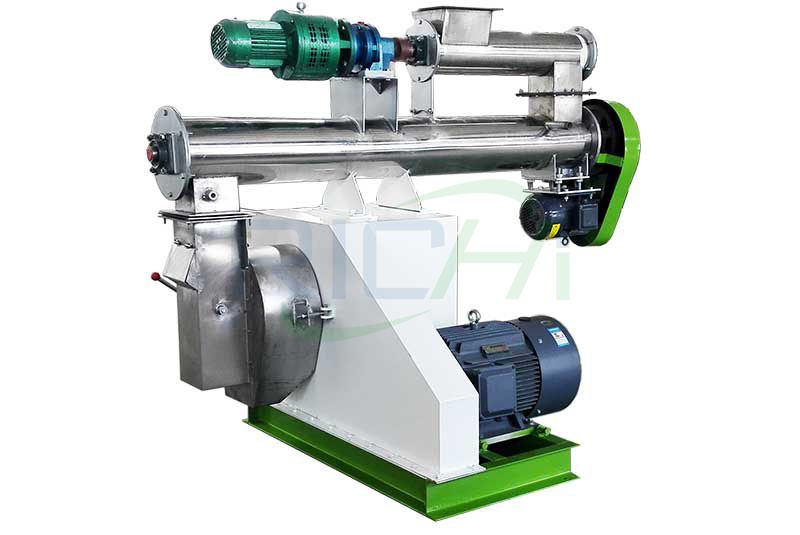
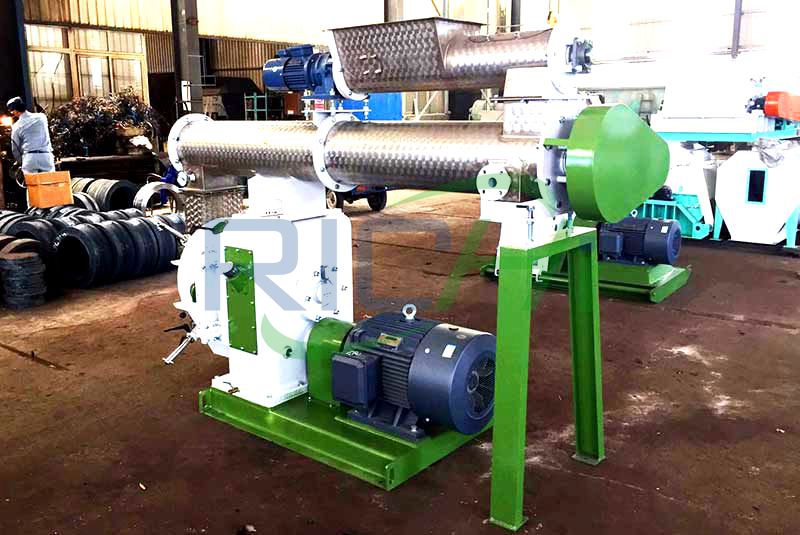
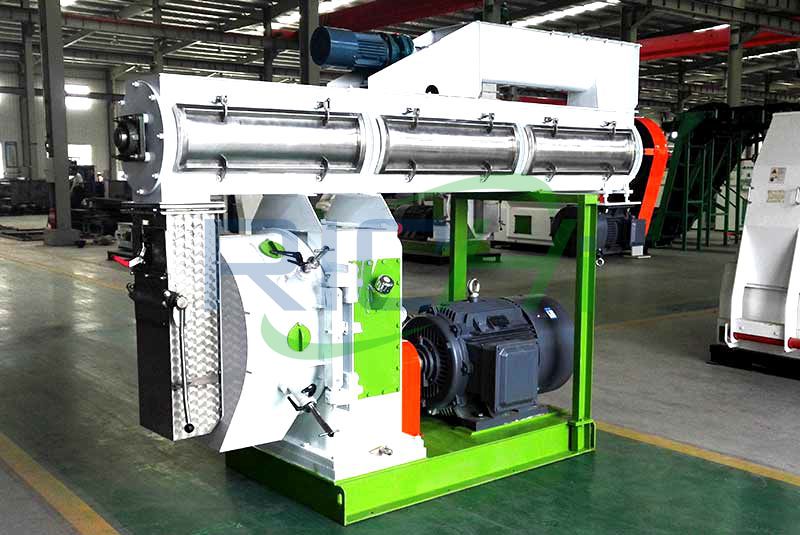
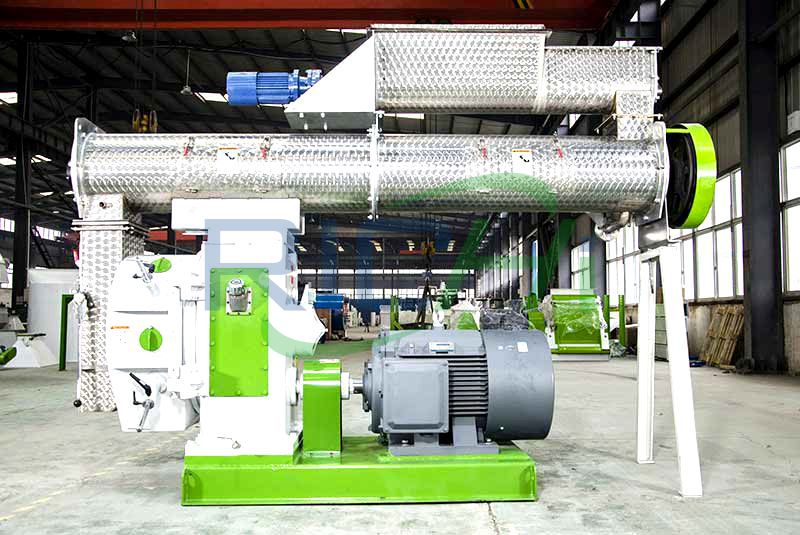
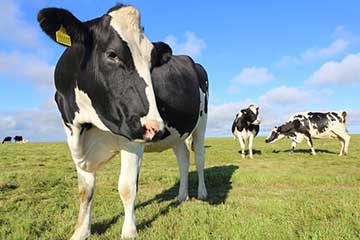
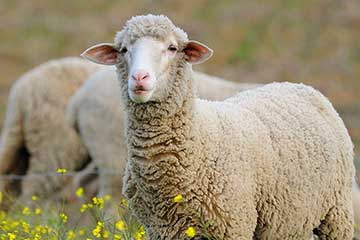
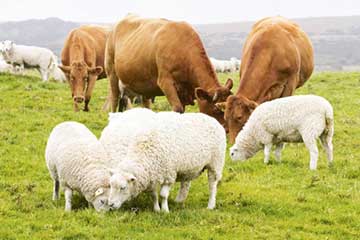
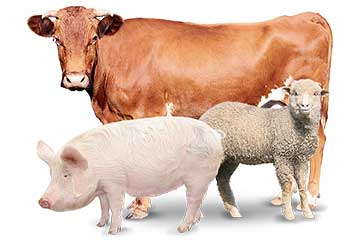
 Product Center
Product Center Get Latest Price
Get Latest Price